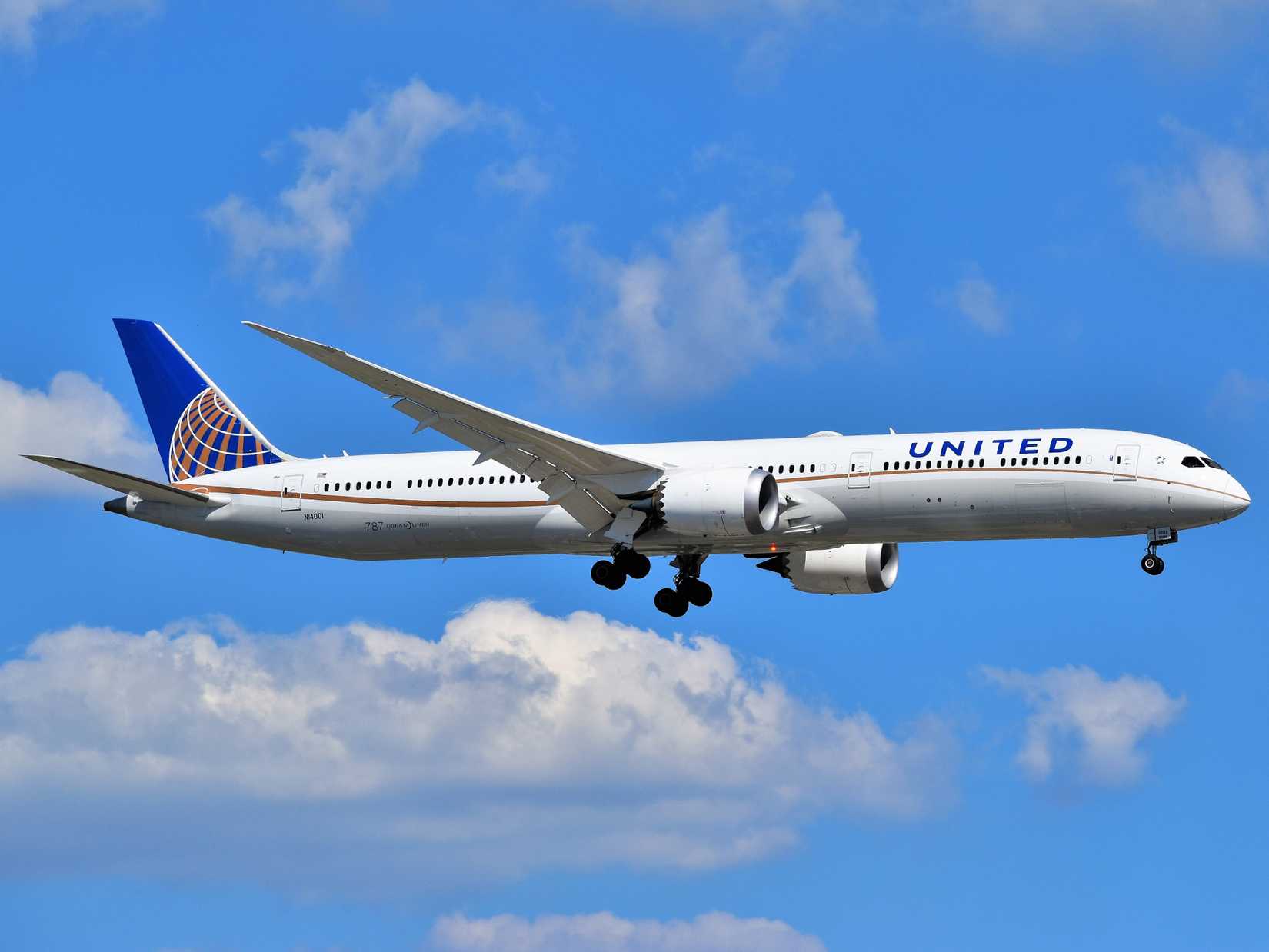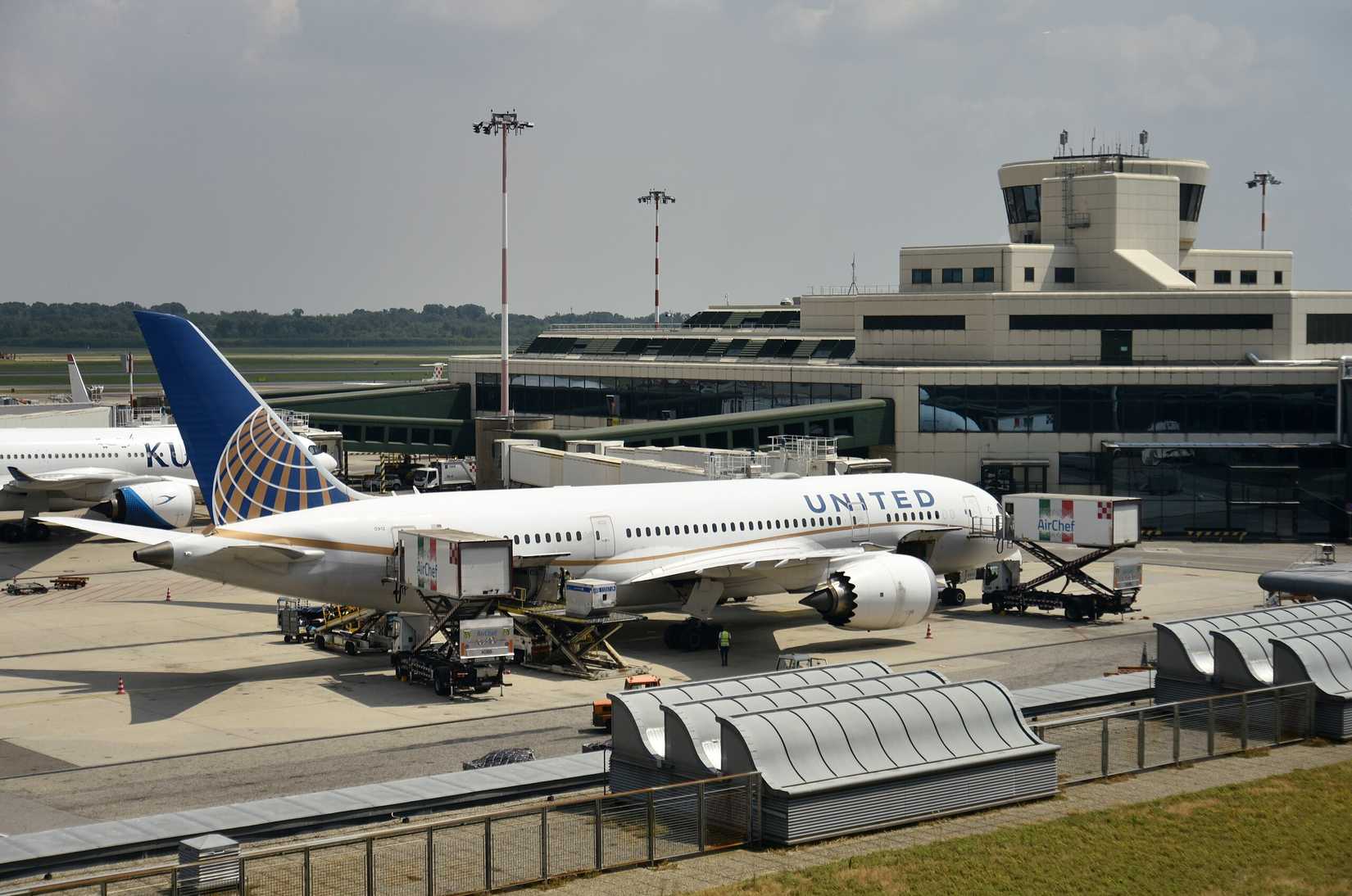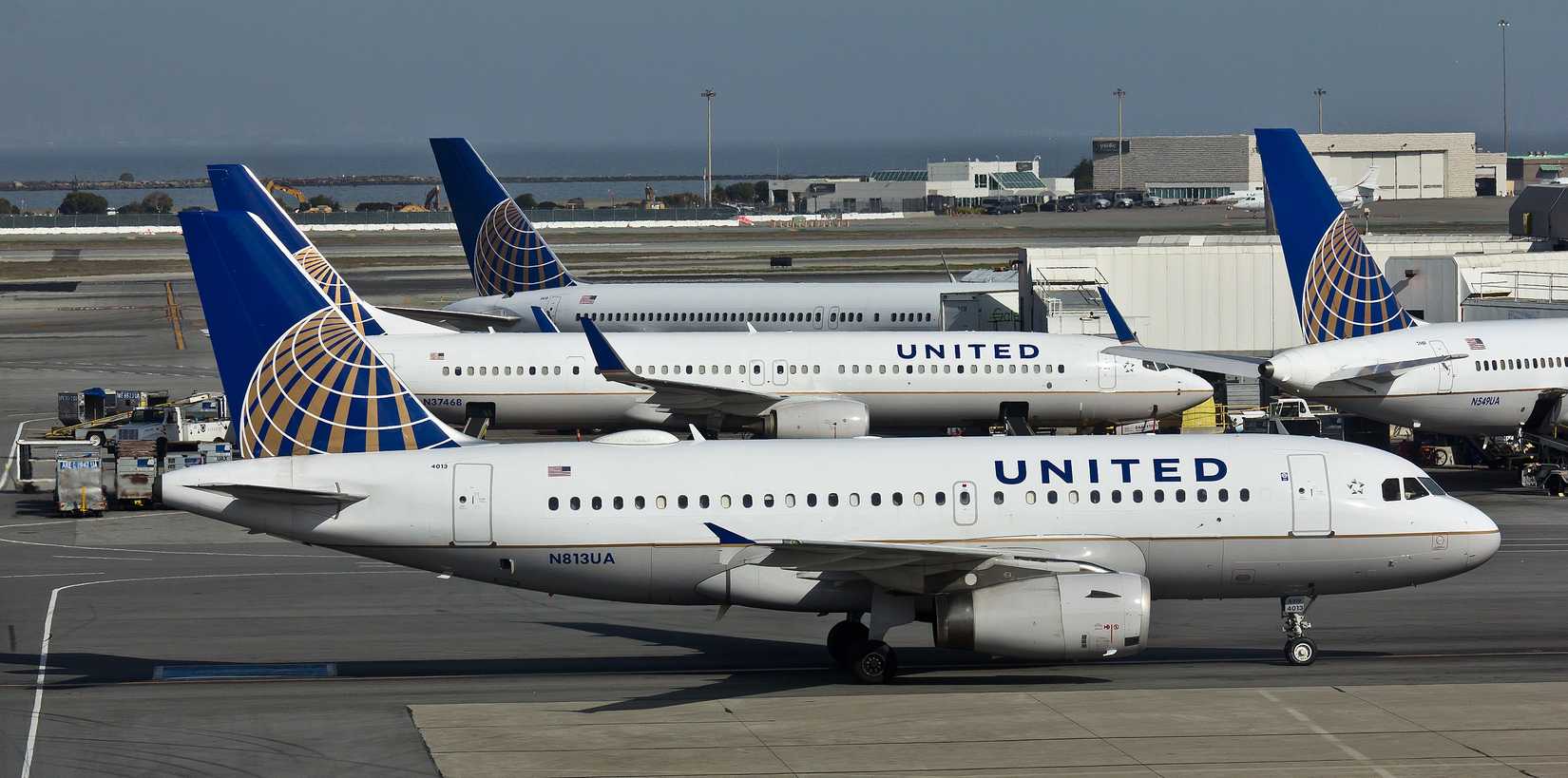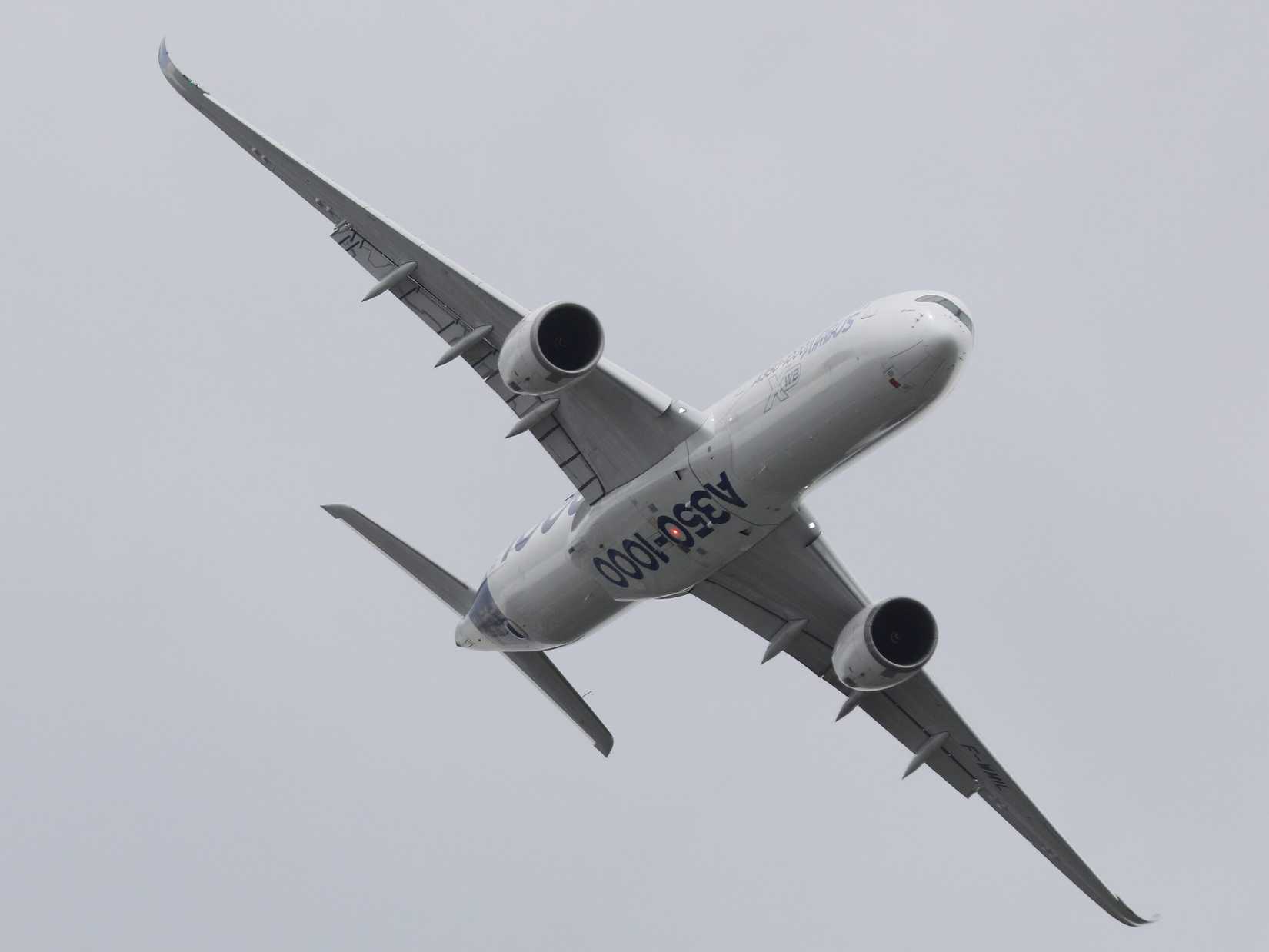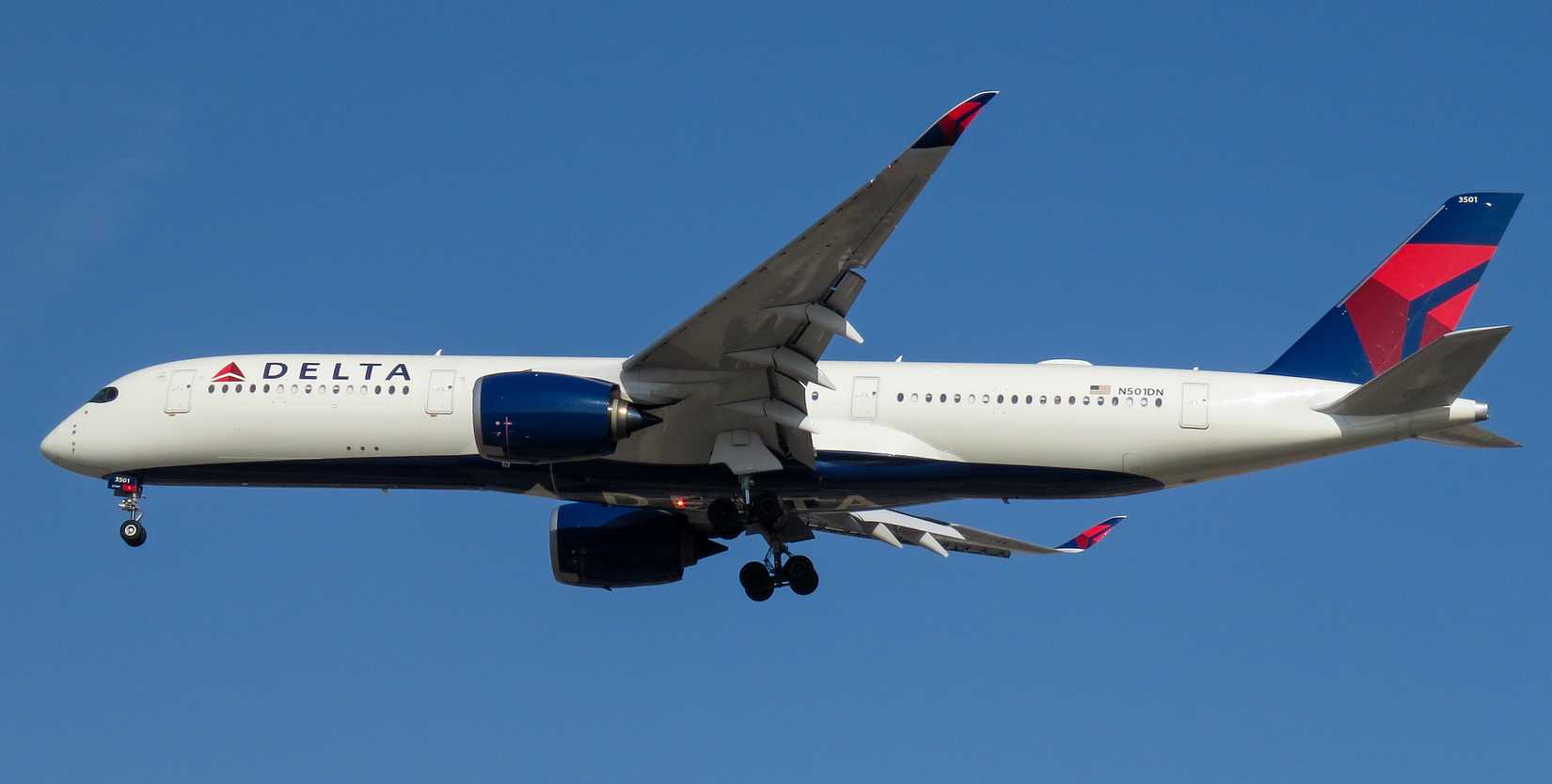Put simply, United flies the 787 but not the A350 because the A350 order has not yet been fulfilled. Meanwhile, it inherited a substantial Continental Airlines order when the two airlines merged in 2010. These jets became widespread workhorses within the United widebody fleet upon delivery. The makeup of United’s widebody fleet is set to evolve further once its substantial orders of A350s and 787s have been completed.
Read this article to learn more about the situation that has left United flying the 787, and how the airline continued to buy into the Dreamliner beyond the obligations of its merger. Simple Flying has also acquired data from Cirium and ch-aviation to reveal how the carrier makes use of these jets. Finally, we explore how United’s fleet will arrive once the A350 arrives, along with how other US carriers, such as Delta, have appeared to favor the A350 over the 787.
The Reason For United’s Flying Of 787s
United’s decision to fly 787s was somewhat forced upon it. Back in 2004, Continental placed a sizable 787 order, and in 2007, it became the first American airline (north or south) to order the 787-9. Continental pointed towards the 787’s fuel efficiency and flexibility across a range of route distances and demands as justification for its move towards the Dreamliner.
When United and Continental merged in 2010, the combined carrier opted to honor orders for 14 787-9s and 11 commitments for the smaller 787-8s. Glenn Tilton, the future non-executive chairman of the new United Airlines, said: “Today is a great day for our customers, our employees, our shareholders, and our communities as we bring together our two companies in a merger of equals to create a world-class and truly global airline with an unparalleled network serving communities worldwide with outstanding customer service.”
Two years after the merger, United Airlines’ first revenue-earning 787 took to the skies from its Houston George Bush Intercontinental Airport (IAH) hub, as reflected on by Simple Flying’s Jake Hardiman. Over the subsequent 10 years, N20904 amassed almost 40,000 flight hours.
United Leads The Way With The 787 In North America
United Airlines has gone beyond mere enthusiasm for the 787. Rather, they have been a trailblazer for the aircraft in their region. In 2018, the carrier announced that they were set to become the first in the region to fly the 787-10. This move also made United the world’s first airline to fly the 787-8, -9, and -10.
Gerry Laderman, United’s chief financial officer, explained why completing the set was crucial for the carrier: “The 787-10 is an excellent addition to United’s fleet. It offers superior fuel efficiency while providing a more comfortable customer experience onboard that allows passengers to arrive at their destinations feeling more refreshed.” Boeing shared similar sentiments. “We are honored that United, a leading global carrier, has placed its trust in the 787 family, carefully optimizing its network with all three Dreamliner models,” said Ihssane Mounir, senior vice president of Commercial Sales and Marketing for The Boeing Company. The table below includes key specifications for the 787-10, according to Boeing’s data:
|
Passengers (typical two-class) |
336 |
|---|---|
|
Range |
6,330 nautical miles (11,730 km) |
|
Length |
224 ft (68 m) |
|
Wingspan |
197 ft (60 m) |
|
Powerplant |
2x General Electric GEnx-1B or Rolls-Royce Trent 1000 producing 76,000 lbf (340 kN) |
|
Maximum takeoff weight |
560,000 lb (254,000 kg) |
United also notably used the 787-10 to meet customer expectations in the 2020s. It was the airline’s first aircraft delivered with all aisle-access Polaris business class and United Premium Plus seats already installed. All classes were also able to enjoy a refreshed seatback entertainment system with split-screen capabilities.
The Data On United 787 Flights
United currently has a fleet of 79 787s, according to ch-aviation. This includes 21 787-10s, 11 -8s, and 45 787-9s. The airline also has a single inactive -8 and -9. It also has orders for a further 142 787-9s to be delivered, meaning that the 787 fleet and the number of routes flown by United Dreamliners will greatly increase in the coming years.
The table below includes data on the top five routes by monthly frequency flown by United using the 787. It has been gathered from Cirium data. Please note that it only includes the outbound legs, so there is a similar frequency route occurring on the return leg for each route:
|
Origin Airport |
Destination Airport |
Flights |
Seats |
Avg. Miles |
|---|---|---|---|---|
|
Newark Liberty International Airport |
Ben Gurion International Airport |
59 |
18,762 |
5,691 |
|
Chicago O’Hare International Airport |
Frankfurt am Main Airport |
53 |
16,854 |
4,344 |
|
Chicago O’Hare International Airport |
Tokyo Haneda Airport |
30 |
9,540 |
6,306 |
|
Chicago O’Hare International Airport |
São Paulo/Guarulhos – Governador André Franco Montoro International Airport |
30 |
9,540 |
5,222 |
|
Newark Liberty International Airport |
Athens International Airport (Eleftherios Venizelos) |
30 |
9,540 |
4,956 |
Although the data above focuses on the five most common routes, that only scratches the surface of the 15 round-trip flights flown by 787s. These are distributed across 948 monthly flights, with 301,464 seats available and almost 1.5 billion available seat miles. All the routes involve one of United’s hubs in the US. Most of these routes are to Europe from the US, with nine round-trip flights. Common European destinations include Frankfurt, Athens, Paris, and Brussels. They are all predictable sights for those with a knowledge of transatlantic aviation.
The Situation Will Soon Change
United Airlines currently flies no Airbus widebodies, although it has a substantial number of A319s, A320s and A321neos, along with orders for A321XLRs. However, this situation will change in the coming years. Simple Flying has reported that the carrier now has 45 A350-900s on order. The carrier initially placed an A350 order in 2010, but they have deferred the delivery of these aircraft until 2030.
Perhaps they will be used to replace the creaking 777 fleet. That is to be expected, given that no US airlines have yet shown real enthusiasm for Boeing’s latest beleaguered aircraft development. That is particularly exciting for Airbus, following American Airlines’ decision to cancel its A350 order. Success could convince other US-based carriers to consider Airbus widebody jets.
Although his announcement was about the A350-1000, United Airlines CEO Jeff Smisek, made statements about the family back in 2013, which are still illuminating as to why the A350 is a target for United and many other airlines: “This is a modern, fuel-efficient, and advanced-technology aircraft that our customers and co-workers will enjoy flying. It will be a great addition to our fleet, and will allow us to meet demand on larger, long-haul markets in our world-leading network.”
Boeing 787 vs Airbus A350
United has sizable incoming orders for both the A350 and 787. It is clear that the battle between the world’s most relevant and significant flagship widebody clean-sheet aircraft still rages on in earnest. But which is better, and which will be the better servant for United?
There is no easy answer to that question. The A350-900 outperforms the 787-10 in plenty of metrics, including range (8,500 nautical miles/15,742 km to 6,330 nautical miles/11,723 km), maximum takeoff weight (624,000 lbs/ 283,495 kg to 560,000 lbs/254,011 kg), and fuel capacity (42,000 US gal/168,000 L to 33,399 US gal/126,429 L).
Yet, simple performance statistics never tell the full story in this industry, as reflected in the ongoing debate outlined in the article exploring United’s flying of the 787 over the A350. Each jet thrives and struggles in unique circumstances, and only United executives can make the judgment on when each jet should be used. It will be fascinating to see how United will use its A350 in similar and different ways to its 787 Dreamliners once the Airbus widebody jets arrive. Many readers also pointed towards the natural preference that major US-based legacy carriers have towards US jets.
What Have Other US-Based Carriers Done?
The current US legacy market often seems to be leaning towards Airbus’ widebodies, including choosing the A350 over the Dreamliner. No clearer was this reflected than when Delta merged with Northwest Airlines and canceled the order for 18 787s that it acquired during the merger. This continues a pattern in which Delta has only bought aircraft from the A350 and A330 families since the 2010s. Such moves are unsurprising given that Boeing has been an increasingly unreliable business partner in the past decade. This is evidenced by ongoing delays to the 777X rollout (which have had little enthusiasm from US airlines, regardless) and the disastrous groundings of 737 MAXs.
Any information suggesting Delta could move towards Dreamliners in the future is speculative at best. Simple Flying has heard suggestions of a deal in the works from a Delta insider. These jets will replace the carrier’s aging 767-300ER fleet. The aircraft are expected to be retired by 2030.




